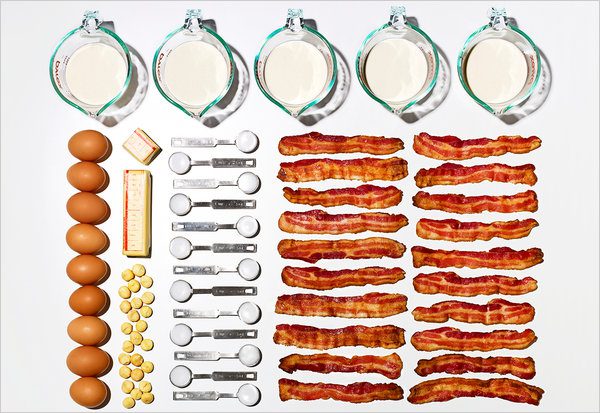
Epilepsy’s Big Fat Miracle
March 2014, New York Times
Once every three or four months my son, Sam, grabs a cookie or a piece of candy and, wide-eyed, holds it inches from his mouth, ready to devour it. He knows he’s not allowed to eat these things, but like any 9-year-old, he hopes that somehow, this once, my wife, Evelyn, or I will make an exception.
We never make exceptions when it comes to Sam and food, though, which means that when temptation takes hold of Sam and he is denied, things can get pretty hairy. Confronted with a gingerbread house at a friend’s party last December, he went scorched earth, grabbing parts of the structure and smashing it to bits. Reason rarely works. Usually one of us has to pry the food out of his hands. Sometimes he ends up in tears.
It’s not just cookies and candy that we forbid Sam to eat. Cake, ice cream, pizza, tortilla chips, and soda aren’t allowed, either. Macaroni and cheese used to be his favorite food, but he told Evelyn the other day that he couldn’t remember what it tastes like anymore. At Halloween we let him collect candy, but he trades it in for a present. At birthday parties and playdates, he brings a lunchbox to eat from.
There is no crusade against unhealthful food in our house. Some might argue that unhealthful food is all we let Sam eat. His breakfast eggs are mixed with heavy cream and served with bacon. A typical lunch is full-fat Greek yogurt mixed with coconut oil. Dinner is hot dogs, bacon, macadamia nuts and cheese. We figure that in an average week, Sam consumes a quart and a third of heavy cream, nearly a stick and a half of butter, 13 teaspoons of coconut oil, 20 slices of bacon and 9 eggs. Sam’s diet is just shy of 90 percent fat. That is twice the fat content of a McDonald’s Happy Meal and about 25 percent more than the most fat-laden phase of the Atkins diet. It puts Sam at risk of developing kidney stones if he doesn’t drink enough. It is constipating, so he has to take daily stool softeners. And it lacks so many essential nutrients that if Sam didn’t take a multivitamin and a calcium-magnesium supplement every day, his growth would be stunted, his hair and teeth would fall out and his bones would become as brittle as an 80-year-old’s.
Evelyn; Sam’s twin sister, Beatrice; and I don’t eat this way. But Sam has epilepsy, and the food he eats is controlling most of his seizures (he used to have as many as 130 a day). The diet, which drastically reduces the amount of carbohydrates he takes in, tricks his body into a starvation state in which it burns fat, and not carbs, for fuel. Remarkably, and for reasons that are still unclear, this process — called ketosis — has an antiepileptic effect. He has been eating this way for almost two years.
Curiosity bordering on alarm is the only way to describe how people receive this information. “In-teresting,” one acquaintance said. “Did you make this up yourself?” Another friend was more direct: “Is this a mainstream-science thing or more of a fringe treatment?” We are not surprised by these reactions. What we are doing to Sam just seems wrong. The bad eating habits of Americans, especially those of children, are a national health crisis. Yet we are intentionally feeding our son fatty food and little else.